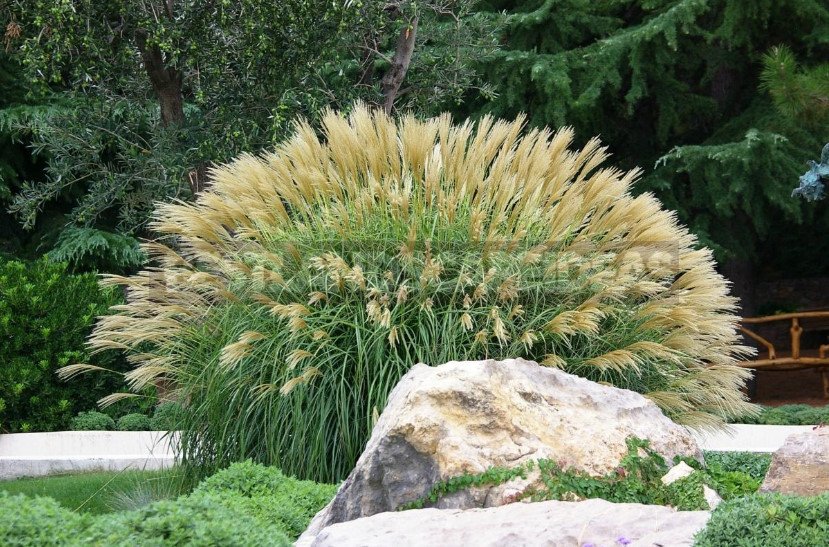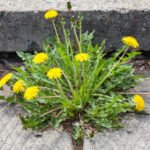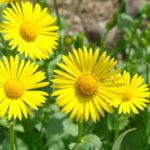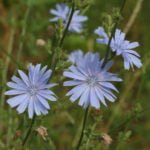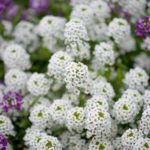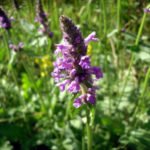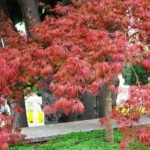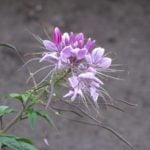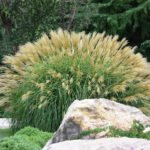How time flies! So, October has arrived: the first snow has already fallen.
In October, many interesting plants are still in bloom: some of them have bloomed for the first time this season, others have again come to the autumn wave of flowering — the latter, therefore, are often desperately spectacular, filled with some drama…
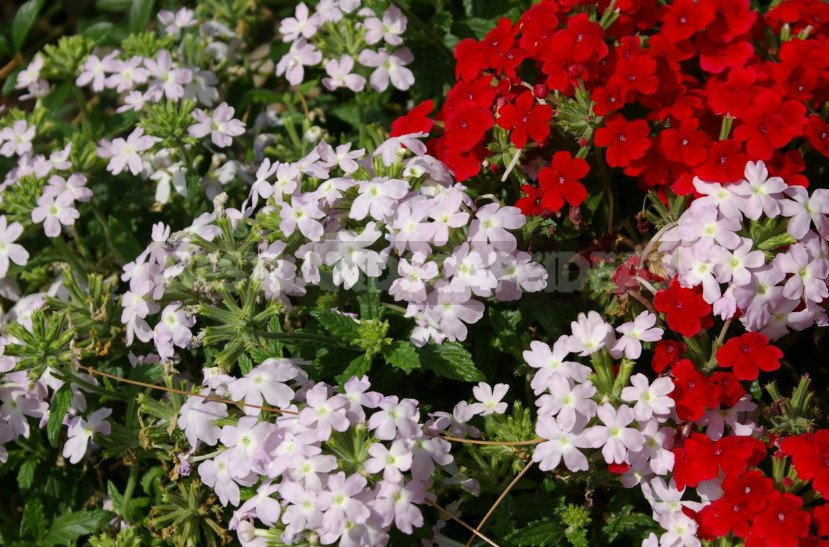
The crop, which blooms in October, is successfully cultivated by summer residents in the middle zone.
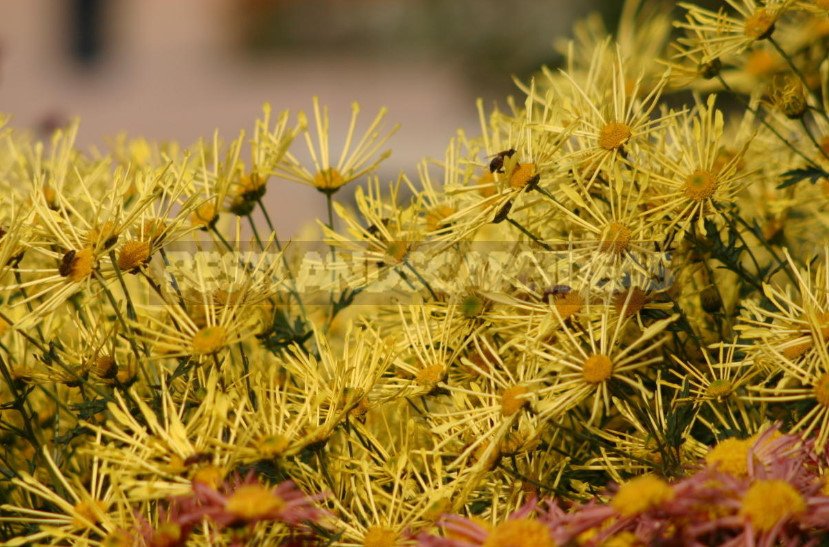
Chrysanthemum garden decorates autumn flowerbeds for a long time, so it was included in the star composition of plants that bloom in September.
So, get to know the top 10 plants that bloom in October.
Astras
Among the perennial aster species blooming at this time:
- Aster novae-angliae;
- A. novi-belgii;
- A. dumosus;
- A. ptarmicoides and their varieties.
There are very spectacular varieties of hybrid origin, which are worthy of the best places in mixborders, in the beds.
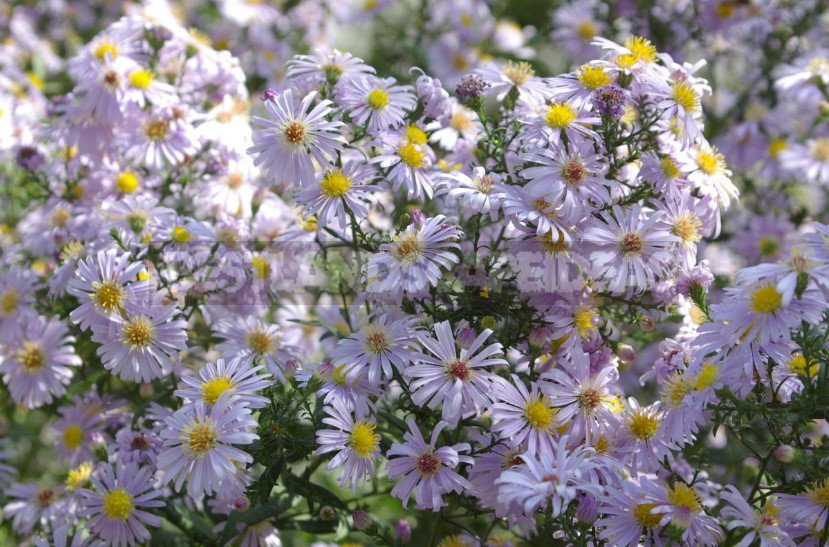
Their simple, semi-double, terry baskets with inflorescences of white, blue, pink, blue, lilac, red, purple are extremely beautiful in almost deserted cottages.
They are very hardy! They grow in one place for 3-4 years, then they are divided and transplanted (in spring and autumn).
What do perennial asters like
- outdoor sunny garden spots;
- humus-rich soils, ideally-loamy, drained;
- regular watering;
- loosening of the soil;
- 3-4 mineral feedings per season.
What do not like perennial asters
- overwetting;
- purged areas;
- places where cold and humid air can accumulate (hollows);
- Fusarium and powdery mildew.
How best to place perennial asters in the country
Perennial asters look luxurious in single and group plantings in mixborders, along the fence; dwarf forms-in rockeries.
Interesting fact: the Latin name of the flower aster comes from astron, which means star (by the similarity of the star-shaped inflorescences).
Colchicum
In culture, colchicum corms and their varieties (there are terry ones) with white, pink, and crimson flowers are most often grown:
- Speciosum;
- Colchicum autumnale.
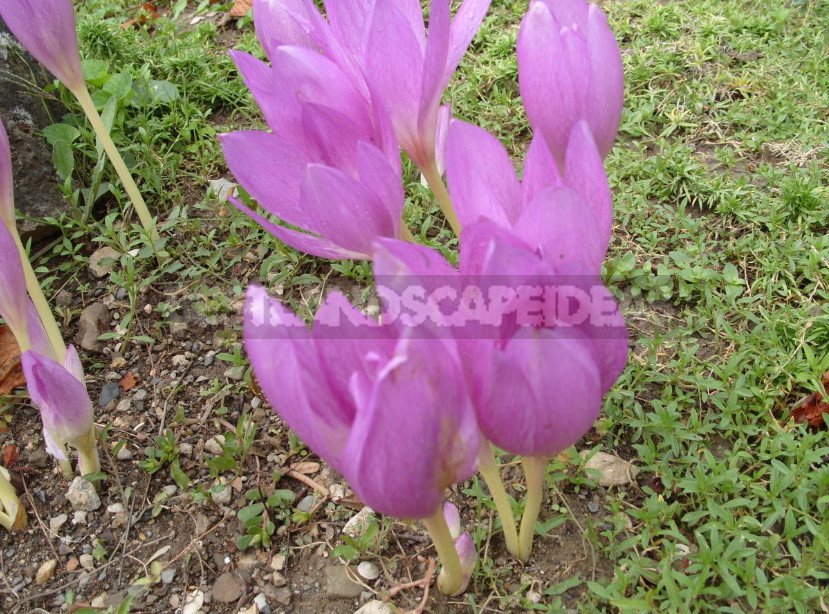
This is an unusual perennial plant of the Lily family:
- Colchicum speciosum is native to the Caucasus, northeastern Turkey, and Iran; its height is 18 cm (7 in), width 10 cm (3.9 in); in October, 1-3 large funnel-shaped pink flowers appear, 4.5-8 cm (1.8-3.1 in) long, with a white throat and yellow stamens;
- Autumn colchicum-native to Europe; about 10-15 cm (3.9-5.9 in) high, up to 8 cm (3.1 in) long; lavender-pink flowers (1-6 pcs.), 4-5 cm (1.6-2 in) long.
Large funnel-shaped flowers appear from the ground suddenly, without premature leaf development. In one place, they grow up to 6 years.
What Colchicum autumnale loves
- both sunny and semi-shaded place in the country;
- loose, fertile soil;
- so that it is “not touched” for 4-5 years;
- watering in hot dry summers, mulching of summer plantings (bulbs are planted in July-August).
What Colchicum autumnale doesn’t like
- heavy, poorly drained soils;
- overwetting.
How best to place Colchicum autumnale in the country
Colchicum is good in groups (spots) in rocky gardens, in the foreground of mixborders, which at this time begin to empty.
2 interesting facts from the life of Colchicum autumnale:
- Colchicum autumnum is an unusual plant with a peculiar cycle of development. In early spring, shoots up to 40 cm (15.7 in) high appear from the ground, their lower part turns into a corm, which forms an outgrowth with a renewal bud. By the end of June, the seeds appear in 3-nest boxes. The plant dries up. In early autumn (more than 1 month), the flowers appear and are fertilized. Then the ovary overwinters underground, and in the spring everything repeats again. Colchicum corms are dug out at the end of June, stored in a dry, ventilated place until August, then they are planted;
- these are poisonous and medicinal plants containing alkaloids, among which colchicine is in the first place, so they are used in medicine and breeding.
Brugmansia
Brugmansia is a luxurious member of the Solanaceae family. Very popular forms with peculiar long funnel-shaped flowers of white, yellow, pink color, touching hanging down.
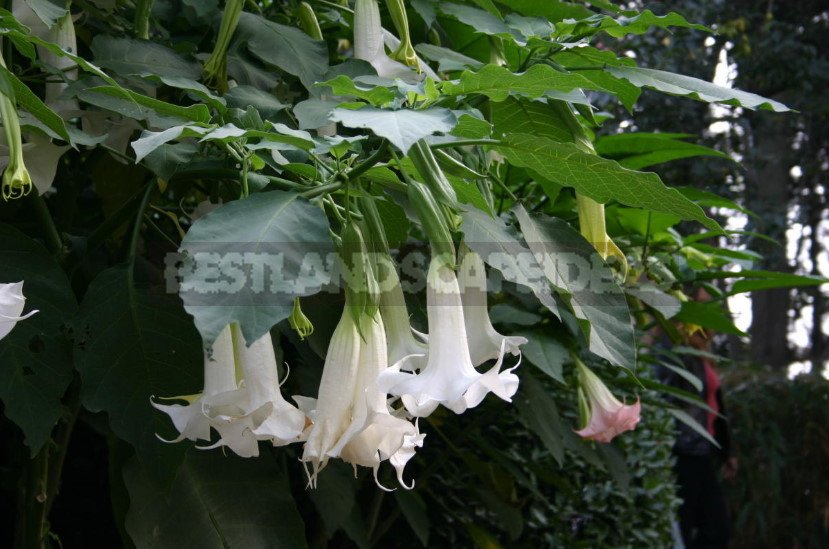
In addition, successfully grown:
- B. arborea;
- B. suaveolehs.
In warm regions, they winter in the open ground, covered with the plant remains of their own shoots. In other regions, with the onset of autumn frosts, they are transplanted into pots, tubs and fixed in rooms with positive temperatures, where they easily overwinter (reduce watering). Propagate by cuttings in the spring.
What Brugmansia loves
- light and partial shade;
- loose fertile soil.
What Brugmansia doesn’t like
- overwetting;
- temperatures below -3 ° C (26.6°F).
How best to place Brugmansia in the country
It is good in planting flowers, tubs with this impressive beauty will decorate the outdoor terrace in summer. In a family where small children grow up, this should be abandoned.
2 interesting facts from the life of Brugmansia:
- the plant is poisonous, so work with gloves;
- Brugmansia is very similar to members of the genus Datura.
Anemone japonica
Anemone japonica, syn. A.x hybrida, A.x elegans under this name, high (70-120 cm/2.3-3.9 ft) perennial hybrids and rhizomatous varieties with white and pink flowers are now grown.
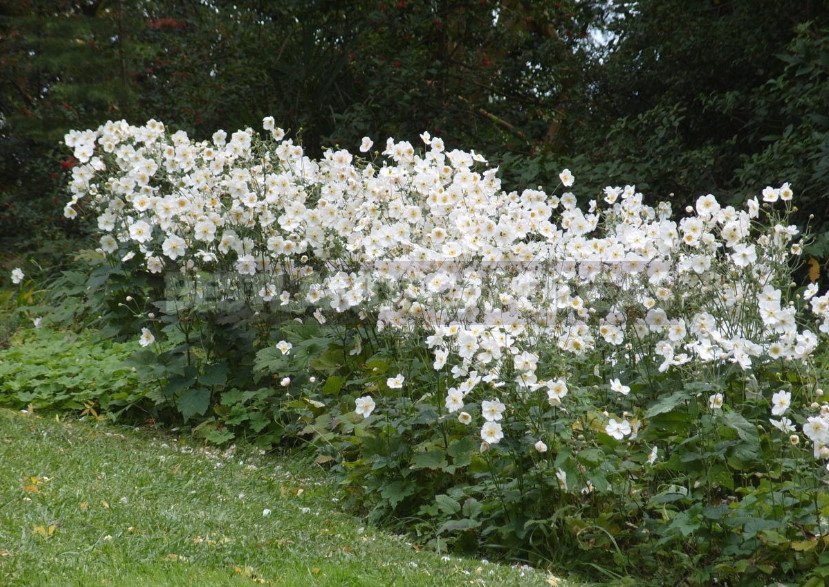
They are distinguished by late autumn flowering. However, most of them are hardy: in the middle zone they winter with a reliable shelter, for example, snow. Propagated by dividing the rhizomes in the spring.
What Anemone japonica likes
- sun and partial shade;
- regular watering;
- deeply processed, moist, organically rich loamy soil;
- spring and fall mulching with compost, rotted manure.
What Anemone japonica doesn’t like
- competition from the roots of other plants;
- transplantation.
How best to place Anemone japonica in the country
Autumn anemones are quite large plants that can form entire thickets, so they are effective against the background of a large group of lawns. They are good in the big rockery, on the shore of the pond.
3 interesting facts from the life of Anemone japonica:
- Japanese anemone — not quite Japanese, but rather Chinese: she made a record in Japan (in 1695) of the first species of autumn anemone;
- the spectacular delicate petals of the anemone are not petals, but sepals;
- the beauty of each flower is complemented by numerous golden stamens.
Decorative cabbage
Decorative cabbage — under this name, a curly form without a head of a variation of vegetable cabbage pompously entered the October flower and took its rightful place (Brassica oleracea var. acephala ‘Crispa’).
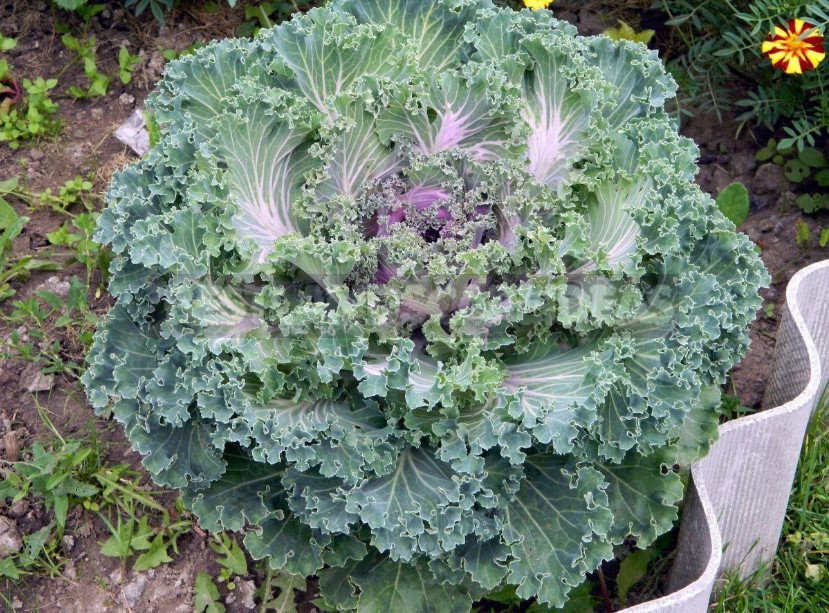
Its multi-colored varieties (often F1 hybrids) are like huge roses that bloom near the ground. Propagated by seeds, through seedlings.
That likes cabbage decorative
- sunny location;
- loose-drained fertile soil;
- regular watering;
- additional fertilizing.
He does not like cabbage decorative
- dense soils;
- overwetting;
- naked slugs.
How best to place decorative cabbage in the country
It is so self-sufficient that only it can be planted in autumn flower beds (well-placed varieties in color). It is effective in potting and container culture.
3 interesting facts from the life of decorative cabbage:
- it is not necessary to collect seeds of F1 hybrids — they will not give the decorative effect that the parent plants had;
- homeland, possibly the Mediterranean;
- this is a two-year-old: but in the spring, with the appearance of the flower stalk, the cabbage loses its beauty.
The second part: Plants Blooming in October: Review, Photos, Features of Cultivation (Part 2)
